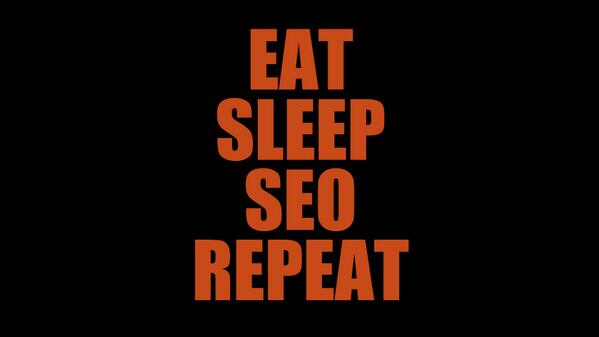
SEO – Back to Basics
SEO can be like one big maze, and may become pretty confusing if you get led “astray” particularly as there are so many different SEO mistakes that you can make. In this Blog I will be underlining the right things to do. This is SEO Back To Basics.

Adding New Content?
- Always remember that the most important thing to remember is that quality triumphs over quantity every time when it comes to SEO. So when you start to write new content for your website makes sure that it is good!
- You should never copy content from other websites – If search engines find copied content from their website you may get penalised for it and as a result your position on Google search results may drop which is bad news for any web marketer.
? - When publishing new pages or putting blog pages live including “alt attributes” for your images is absolutely fundamental. This also applies to images. Using ALT tags and ALT attributes summarises the contents of what you are publishing making them easier to find.
Did you know that ALT tags provide important information about the images on your website, this is especially helpful for the people who are visually impaired who need to use screen readers or searching with images turned off - ALT tags are a must have.
- Updating keywords and writing new content can be very time consuming so patience is key particularly as you have to wait for Google to find your changes. So be patient if you want to be a SEO success, make sure you are committed. You and your team must be engaged and devoted to your plan! The traffic will follow.
- When writing or creating a new page make sure that you write a unique, descriptive text for each and every page, but only 55 characters long to make your page concise and clear to both customers and search engines.
- For descriptions you can use up to 156 characters so make sure that you pick your words carefully and ensure this text gets straight to the point.
? - If you can try and make it “eye catching” to try and draw the customer in, but avoid exceeding the character count as Google can cut off your description.
Google Analytics is one of the most popular tools out there on the internet as it provides you with the traffic statistics on your website, and is especially useful for monitoring your website. On top of this the software always gives you an enormous amount of information about who is visiting your site whereabouts in the world they are, what they are looking for, and how they are getting to your site from anywhere in the world. It is both useful and extremely interesting.
Google Webmaster tools on the other hand will help you to discover issues with your site for example any 404 errors and any broken links that you may have lurking around. A bonus of using this tool is that it can even notify you if your website has been infected or not.
Best of all Both Google Analytics and Webmaster tools are both FREE!
Drawing Customers in
Try and make your content on your website more engaging for visitors. The more engaging it is, the longer people will stay on your site, don’t forget that you can track your progress through Google Analytics, when you find out where on your site your customers are getting engaged meaning that you can then do/write similar things.
- Try and make your website navigation simple – this is very important for search engines so they can then crawl your website without problems.
? - Trust from users and search engines is really important for long term success take a look at any businesses such as Wickes and Frank Key who have have all gained their status by forming trust from customers and other companies.
Onsite/Offsite
Both on-site and off-site are needed. You can’t achieve good results doing one without the other! So make sure you’re broadcasting your pages via social media forms such as Facebook and Twitter and building links with other companies to broadcast and get your quality content out there.
Onsite
- Meta Titles and Descriptions
- Alt Tags
- 404 Errors
- Duplicate Content
On-site methods are crucial to your website being found by search engine.
Offsite
- Articles
- Blogs
- Link building
- Social Media
Off-site uses other websites to send traffic to your website.
So which one is more important? Both!
Onsite takes priority as this affects your website helping customers to find your website which should lead to sales which = more money but you need the links from Off-site content to ensure if gets out there!
If you can, start doing Search Engine Optimisation as fast as you can, the longer you leave it then the further ahead your competitors will be, which is never a good thing ... right?
I hope that you have found this blog useful and informative, and that you now know the basics of SEO, I would be thankful if you could share this on your social networks to make people aware of what you have to do in SEO.
What are your thoughts on SEO? – Tweet me @ISD_Richard
